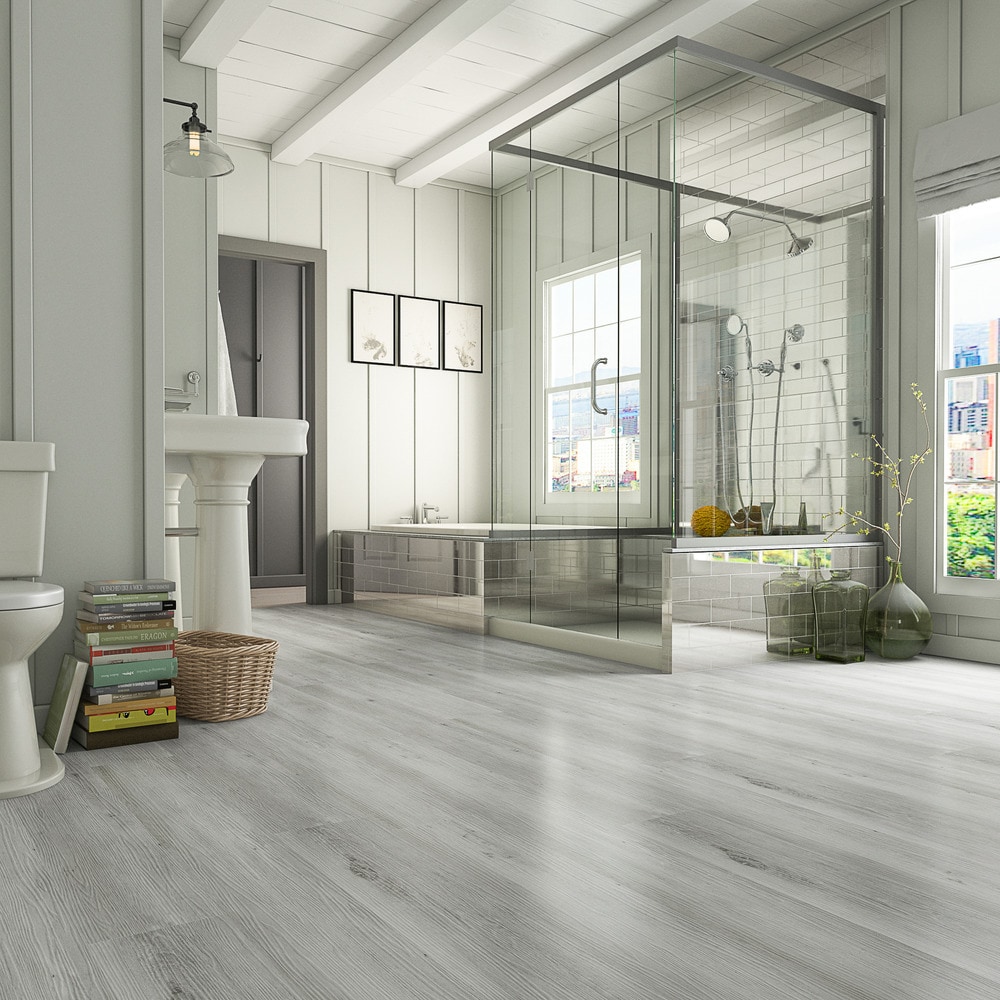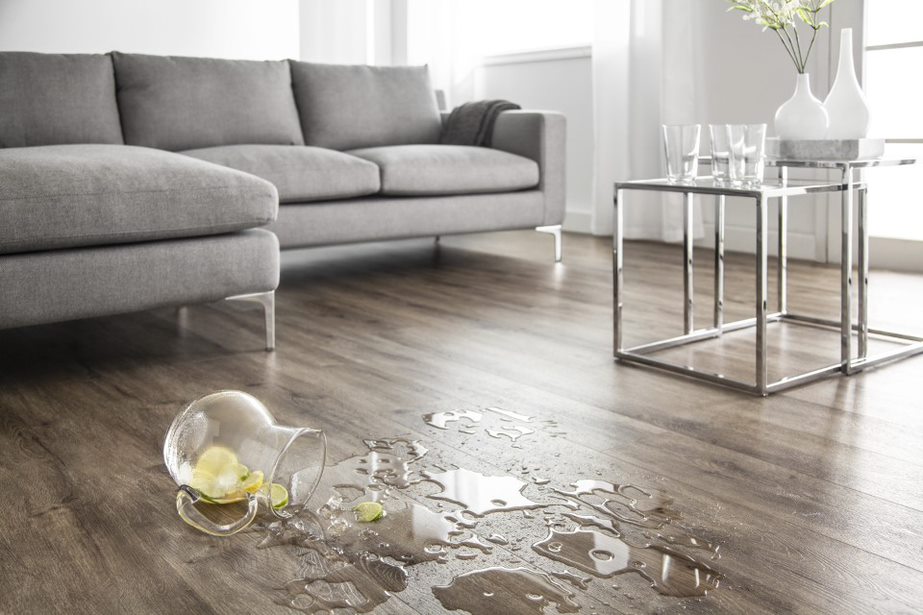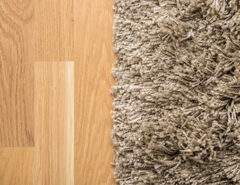Try sandalwood as a hardwood flooring option the next time you’re looking for a wood that surpasses your expectations for durability and beauty.
***
Sandalwood is making a comeback.
Just to make it very clear, in this article I’m definitely talking about that sandalwood. You know, the wood responsible for that spicy-sweet and musky fragrance that forms the base notes of every good incense.
The thing is, what you may not know is that sandalwood also a wonderful building material, both for furniture and for hardwood flooring. Overharvested for many generations in its native southern India, sandalwood has experienced a bit of a renaissance, in that Australian and Hawaiian foresters have been developing new plantations for sandalwood production that have been thriving over the last few years. This means that you’ll be seeing a lot more of this wood in years to come.
In this article, we’ll look at the ins and outs of sandalwood, where it’s been, and where it’s going. We’ll talk about its roots as a ritualistic fragrance in almost every major religious tradition in the world, and why it might be a fantastic choice for your next home improvement project.
Sandalwood stats
Latin name: Santalum album, ellipticum, etc.
Janka Hardness rating: 1680
Common color spectrum: Yellowish to dark reddish-brown as it ages
Stability: Highly durable
Holy smoke
There’s a really good reason that you’re more likely to think of sandalwood as an incense or fragrance than a building material. Historically it has been used both on its own and as a fixative in other perfumes and ritual scents, and so there are undertones of sandalwood in almost every precious scent that we inhale.
Why has the scent of this wood been so attractive? For one, it’s rare. Even when it was first adopted in the early Hindu and Buddhist traditions in India and Pakistan, these trees were difficult to find. (Outside of sustainable plantations, sandalwood is still a protected species in the wild.) Second, the scented oil in sandalwood is located in the stump and roots of the tree, making it difficult to extract. It’s likely that it was discovered accidentally, and only then was its value realized.
Closer to the divine
The use of sandalwood is not only employed in Hindu and Buddhist traditions, where it is thought to bring followers closer to the divine and ensure alertness during meditation, but it also plays a significant role in Sufi Islam, Zoroastrianism, and Shinto religious worship. In Zoroastrianism, for example, sandalwood is offered in its twig or log form to priests of the fire temples where it is burned as a sacrifice. In all religious traditions, sandalwood is treated as a very valuable commodity and is used as sparingly as possible.
Growing upwards and moving onwards
In the secular world, sandalwood has retained its value and reputation as a very special wood. Now grown in Australia, China, India, Indonesia, Malaysia, Hawaii and the Philippines, the sandalwood tree is native to southeast Asia and has only recently been adopted as a plantation wood in wider production in places such as Western Australia, where it thrives. At the same time, the supply of sandalwood in the international market is still scarce because these plantations have only just started to deliver product in the last couple of years.
Production is increasing though, and for good reason. The wood grows quickly up to a maximum height of only 40 feet, so it’s easy to create the right conditions for plantation management. As well, sandalwood is not only a timber with an extremely straight and fine grain, it’s also highly durable and it’s easy to work with. The wood is exceptionally forgiving, and is a wonderful option for fine woodworking as well as for hardwood flooring.
Hope for the future
Sandalwood has inspired the spiritually inclined among us for many thousands of years; it has been a fixture in religious rituals and has provided many a hippie with a fragrance to call their own. But what it may also be able to do is provide the world with a fast-growing and stable hardwood that surpasses other options.
Unlike other hardwood trees, sandalwood’s growth patterns are almost like those of bushes, in that it doesn’t need to achieve old-growth status to be harvested. It truly is a unique and valuable tree, and our ancestors were right to prize sandalwood for all that it has to give us.
Next time you’re looking for a wood that surpasses your expectations for durability and beauty, try sandalwood as a hardwood or laminate flooring option. You’ll find yourself, and your home décor, inspired.





















